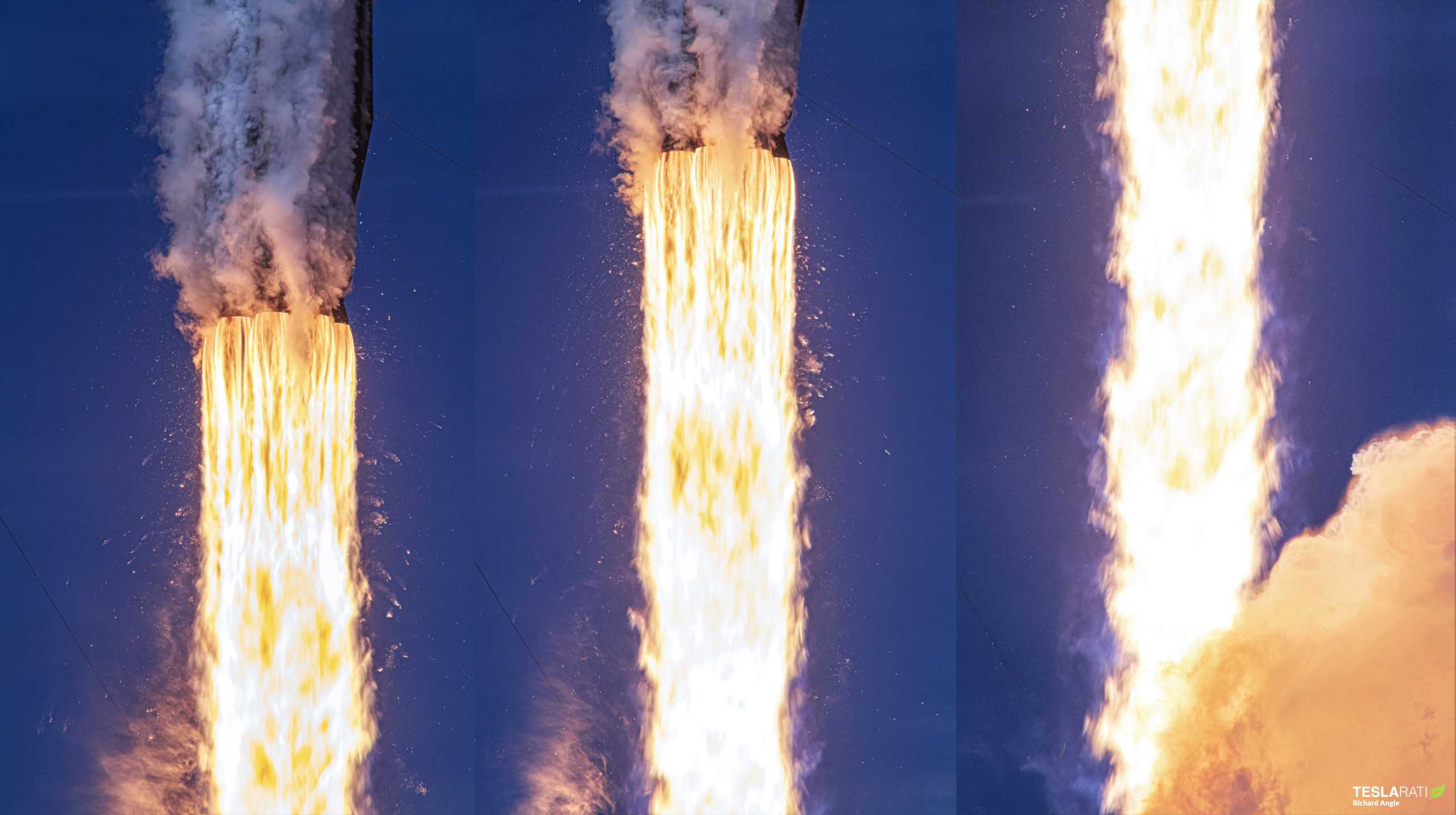
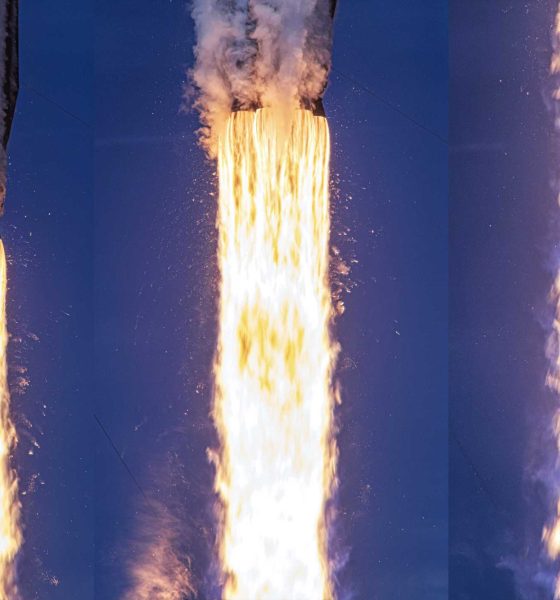
News
SpaceX’s Elon Musk talks next goals for Falcon rocket reusability
CEO Elon Musk has reiterated that SpaceX is still pursuing a major rocket reuse milestone he originally set for the company several years ago and revealed that its Falcon rockets could ultimately soar far beyond it.
Musk has been talking publicly about reusable rockets for well over a decade but the first hard numbers linked to real hardware came with the debut of Falcon 9’s Block 5 upgrade in May 2018. In a conference call with reporters, Musk famously revealed that the Block 5 upgrade incorporated design changes that would ultimately allow SpaceX to reuse orbital-class Falcon boosters at least ten times each. An upper bound of 100+ flights per booster would also be possible with regular maintenance and part replacements every ten or so launches.
Since the upgrade’s May 11th, 2018 launch debut, Falcon 9 and Heavy Block 5 rockets have completed 37 launches – all successful – with only one in-flight anomaly, a March 2020 engine failure that prevented booster recovery but didn’t preclude mission success. Excluding three flawless Falcon Heavy launches, SpaceX’s 34 Falcon 9 Block 5 launches were collectively completed by 11 boosters – an average of >3 launches per rocket. In fewer words, SpaceX has accumulated a vast wealth of data with which it can judge the Block 5 design and CEO Elon Musk has some choice observations more than two years after his Block 5 press conference.
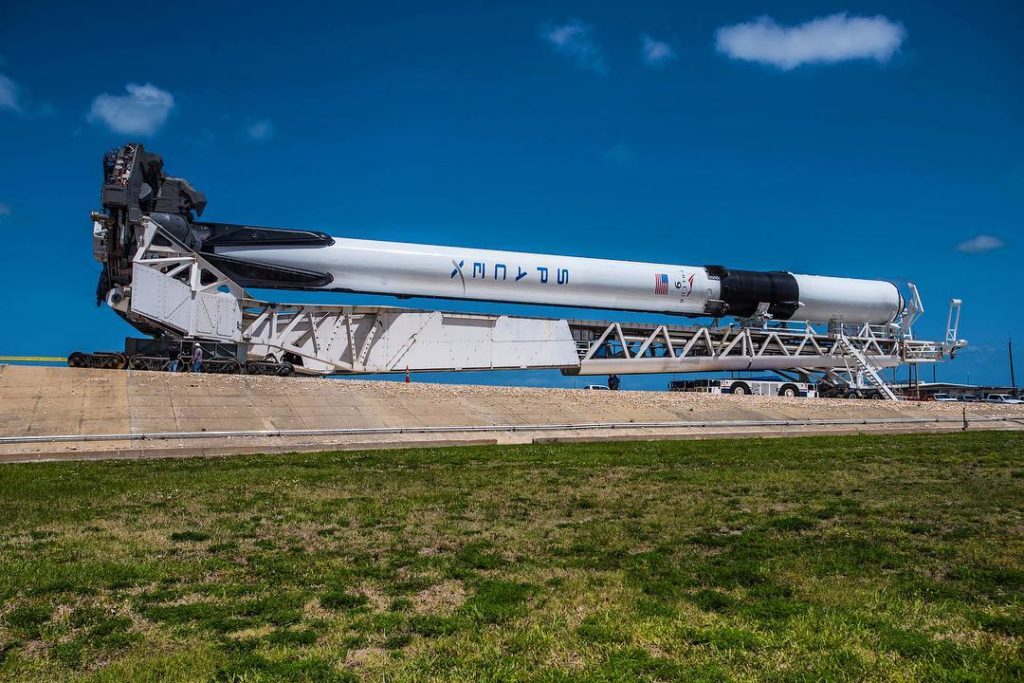
In the simplest possible terms, Musk’s August 19th comments strongly suggest that the Block 5 upgrade has more than met the goals laid out for it back in 2018.
The fact alone that the average Falcon 9 Block 5 booster (even including one expendable mission) has launched more than three times is a major credit to the design. At the same time, SpaceX flew the same booster for the sixth time just days ago and achieved the fifth launch of three separate Falcon 9 boosters between March and August of 2020.
Now, with all that experience in hand and a Falcon 9 Block 5 booster already 60% of the way to the ten-flight reuse milestone, Musk says that “100+ flights are possible” and that “there isn’t an obvious limit.” While “some parts will need to be replaced or upgraded” to achieve dozens or hundreds of booster reuses, Musk says that SpaceX “almost never need[s] to replace a whole [Merlin 1D] engine.
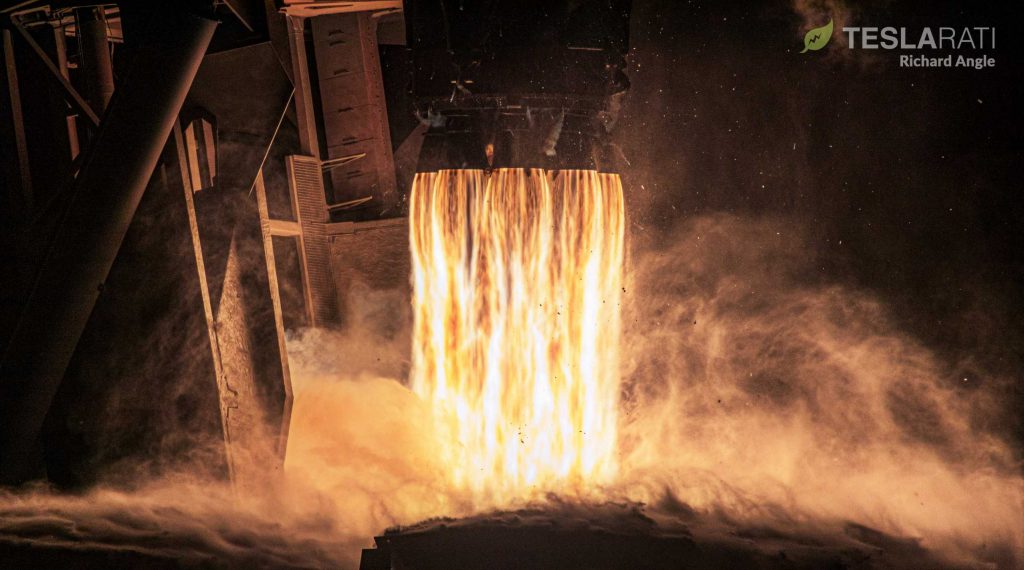
Given that a Falcon 9 booster’s nine M1D engines are likely the most difficult part of each rocket to quickly and safely reuse, it’s extremely easy to believe that individual boosters can launch dozens – if not hundreds – of times with just a small amount of regular maintenance and repairs. In that sense, SpaceX has effectively achieved Musk’s long-lived dream of building a rocket that is (more or less, at least) approaching the reusability of aircraft.
Of course, even 100-flight Falcon boosters would still be at least one or two orders of magnitude distant from most modern aircraft, but that would still be a vast improvement over any other launch vehicle in history (especially including the Space Shuttle).
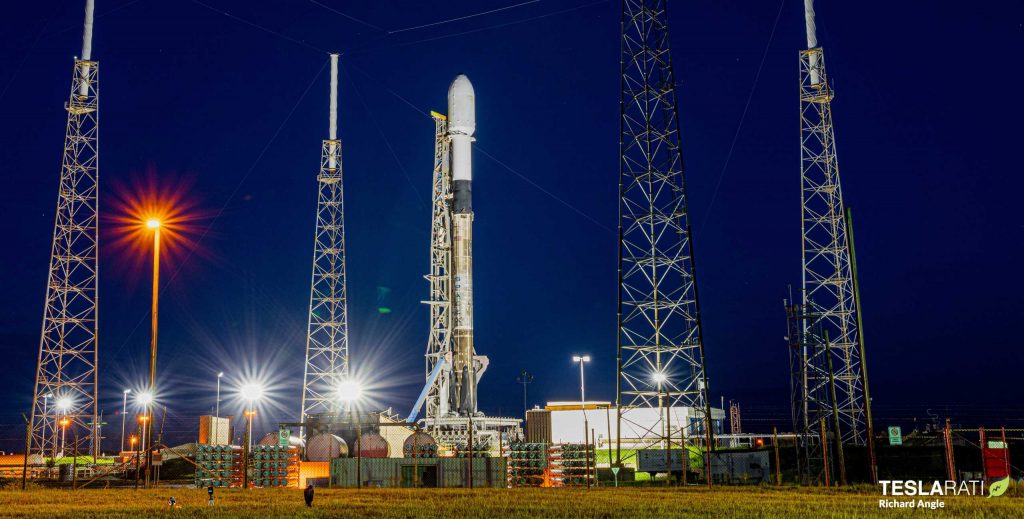
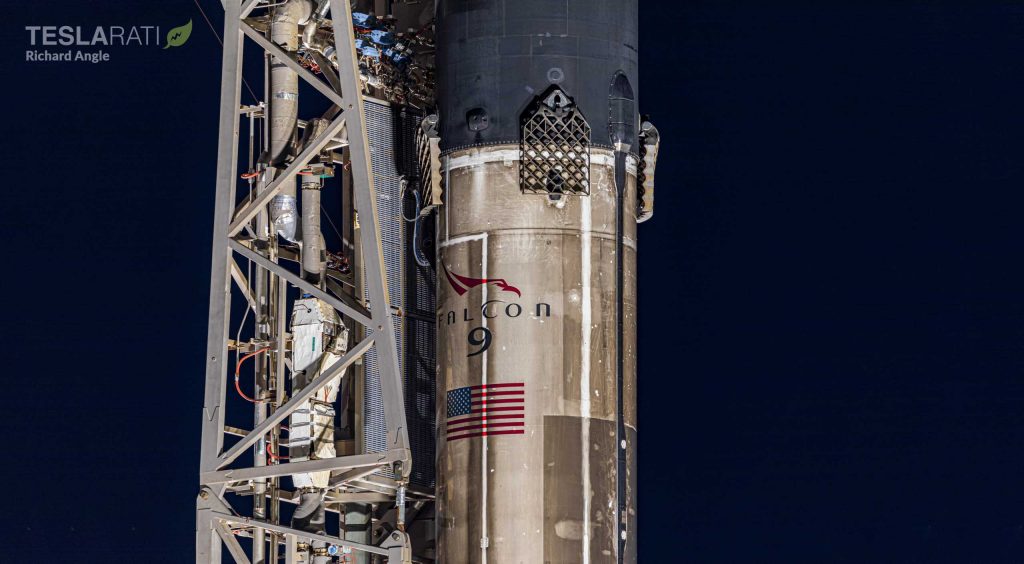
Musk says that SpaceX is still actively pushing to fly a Falcon 9 booster ten times and Starlink missions – allowing the company to mitigate risk on its own launches – will leave plenty of opportunities. If SpaceX can fly Falcon 9 booster B1049 every 60 days on average, the company could hit that ten-flight milestone as early as Q2 2021.
The SpaceX CEO also responded to a classic head-in-the-sand claim from traditional aerospace companies like United Launch Alliance (ULA), refuting the theoretical supposition that booster reuse “doesn’t make sense” until ten-flight reuse is achieved. Instead, Musk says that SpaceX only needs to fly each booster three times to ensure that booster reuse is cheaper than just building new rockets.
In short, despite the ad hoc rationalizations competitors continue to use to excuse years of denial and laurel-resting, SpaceX is routinely reusing rockets, saving major resources by doing so, and has still just barely scratched the surface of what is ultimately possible.
Check out Teslarati’s Marketplace! We offer Tesla accessories, including for the Tesla Cybertruck and Tesla Model 3.

Elon Musk
Elon Musk just said some crazy stuff about the Tesla Roadster

Elon Musk appeared on the Moonshots podcast with Peter Diamandis today to discuss AGI, U.S. vs. China, Tesla, and some other interesting topics, but there was some discussion about the upcoming unveiling of the Roadster, the company’s electric supercar that will arrive several years after it was initially slated for release.
Musk made some pretty amazing claims about the Roadster; we already know it is supposed to be lightning-fast and could even hover, if Tesla gets everything to happen the way it wants to. However, the car has some pretty crazy capabilities, some of which have not even been revealed.
On the podcast, Musk said:
“This is not a…safety is not the main goal. If you buy a Ferrari, safety is not the number one goal. I say, if safety is your number one goal, do not buy the Roadster…We’ll aspire not to kill anyone in this car. It’ll be the best of the last of the human-driven cars. The best of the last.”
🚨 Elon on the Roadster unveiling, scheduled for April 1:
— TESLARATI (@Teslarati) January 6, 2026
Musk makes a good point: people who buy expensive sports cars with ridiculous top speeds and acceleration rates do not buy them to be safe. They hope they are safe in case of an emergency or crash, but safety is not at the forefront of their thoughts, because nobody buys a car thinking they’ll crash it.
The Roadster is truly going to push the limits and capabilities of passenger vehicles; there’s no doubt about that. Tesla plans to show off the new version car for the first time on April 1, and Musk has only hinted at what is possible with it.
Musk said back in November:
“Whether it’s good or bad, it will be unforgettable. My friend Peter Thiel once reflected that the future was supposed to have flying cars, but we don’t have flying cars. I think if Peter wants a flying car, he should be able to buy one…I think it has a shot at being the most memorable product unveiling ever. [It will be unveiled] hopefully before the end of the year. You know, we need to make sure that it works. This is some crazy technology in this car. Let’s just put it this way: if you took all the James Bond cars and combined them, it’s crazier than that.”
Production is set to begin between 12 and 18 months after the unveiling, which would put the car out sometime in 2027. Hopefully, Tesla is able to stay on track with the scheduling of the Roadster; many people have been waiting a long time for it.
News
Tesla launches hiring for Robotaxi program in its twentieth country
Overall, the hiring signals Tesla’s aggressive timeline for global dominance in autonomous mobility.

Tesla has launched a hiring initiative for its Robotaxi program in its twentieth country, as the company posted two new jobs in Thailand this week.
Tesla is hiring in Bangkok and Kowloon for the Vehicle Operator position, which is related to data collection, and is the first in Thailand, but the twentieth country overall, as the company tries to expand into other markets.
🚨 BREAKING: Tesla is hiring additional full-time Vehicle Operators in Bangkok, Thailand.
Previous openings were 6-month, part-time roles. These are equivalent to AI Safety Operator roles in the U.S. pic.twitter.com/R6LzoU1bos— Tesla Yoda (@teslayoda) January 5, 2026
Tesla has had active job postings for Vehicle Operator positions in the United States, India, Israel, Taiwan, Germany, the Czech Republic, Hungary, the UK, Finland, Switzerland, Sweden, the Netherlands, Austria, Spain, Norway, Italy, and Turkey in past listings.
These postings are not all currently available, likely because the roles have been filled.
Thailand is the most recent, and broadens the company’s potential path to expanding its ride-hailing program, which is only active in the United States in Austin, Texas, and the California Bay Area, so far.
These roles typically involve data collection, which assists in improving Autopilot and Full Self-Driving operation. Tesla’s self-driving programs utilize real-world data that is accumulated and stored, observing vehicle and traffic behavior, as well as tendencies that are performed by human drivers to help increase safety and overall performance.
Overall, the hiring signals Tesla’s aggressive timeline for global dominance in autonomous mobility. Although the company has several high-profile rivals and competitors in the field, it has established itself as a main player and a leader in the development of autonomous technology, especially in the U.S., as its FSD suite is refined on almost a weekly basis.
The Full Self-Driving suite is available in seven countries and territories currently, including the U.S., Canada, China, Mexico, Puerto Rico, Australia, and New Zealand. Its biggest goal for expansion is currently the European market, where regulatory hurdles have been the main bottleneck prolonging its launch on the continent.
Tesla has performed months of testing in various European countries, including France and Spain, and does have support in some areas from various regulatory agencies. However, the company is hoping to get through this red tape and offer its suite in Europe for the first time, hopefully this year.
News
Tesla China rolls out Model Y upgrades, launches low-interest financing
These strategies are aimed at improving the ownership experience and keeping vehicle pricing competitive in the world’s largest electric vehicle market.

Tesla has rolled out minor updates to the five-seat Model Y in China, upgrading the vehicle’s center display to a higher-resolution 16-inch 2K screen. The electric vehicle maker also introduced attractive financing options, including 7-year low-interest rates, to offset the new purchase tax on EVs.
These strategies are aimed at improving the ownership experience and keeping vehicle pricing competitive in the world’s largest electric vehicle market.
Five-seat Model Y gets larger, better display
With its recent update, all three variants of the five-seat Model Y now feature an upgraded 16-inch 2K resolution center display, which replaces the vehicle’s previous 15.4-inch 1080p panel. This screen was already used in the six-seat Model Y L, and it offered improved visual clarity. Tesla China has also updated the Model Y’s headliner to black, giving the vehicle a sleeker appearance.
Prices of the five-seat Model Y remain unchanged at RMB 263,500, RMB 288,500, and RMB 313,500 for the respective trims. This update enhances the cabin experience as domestic rivals are already adopting high-resolution screens. As noted in a CNEV Post report, some domestic automakers have begun rolling out vehicles equipped with 3K-resolution displays.
New financing offers
Tesla also launched ultra-long-term financing offers for its locally produced models in China, which include the Model 3 sedan, the five-seat Model Y, and the six-seat Model Y L, through January 31, 2026. The 7-year option features an annualized fee rate as low as 0.5%, which is equivalent to 0.98% interest. This is expected to save customers up to RMB 33,479 ($4,790) compared to standard rates.
A 5-year zero-interest plan is also available, and it has been extended to the Tesla Model Y L for the first time. These incentives help offset China’s new 5% purchase tax on New Energy Vehicles (NEVs) in 2026-2027. Some of Tesla’s rivals in China have announced in recent months that they would be covering the purchase tax owed by buyers early this year.








